Central Island Hub
Santa Cruz Island is known for being the second largest island in Galápagos. The Island is a volcano that the last time it erupted was about 1.5 million years ago, and it is currently inactive. There is still a lot of historical evidence for this impressive volcanic history. The island is covered with volcanic rocks that are very rusty and black color, evidence of earlier lava flows. There are other lava tubes close in the hills, and the twin craters (Los Gemelos) are collapsed magma chambers.
Moreover, Santa Cruz is the most populated Island in Galápagos. It has a wide and dense human history. Due to its variety of ecosystems and excellent highland soils, Santa Cruz was migrated by early settlers from Europe and North America between World War I and World War II.
There are many beaches in the Island in which Blue-footed boobies, marine iguanas, sea lions, and lava lizards live. Santa Cruz is the most varied island in the Galapagos due to its six different plant zones. More terrestrial and marine wildlife visitors may encounter during their visit are: Galápagos Turtles, Reef Fish, sharks, Sea Lions and Lava Lizards. Sand beaches and black lava rocks make up the shoreline of Santa Cruz. Mangroves are an essential nursery ecology for marine organisms to hide from predators and have evolved to filter seawater for moisture.
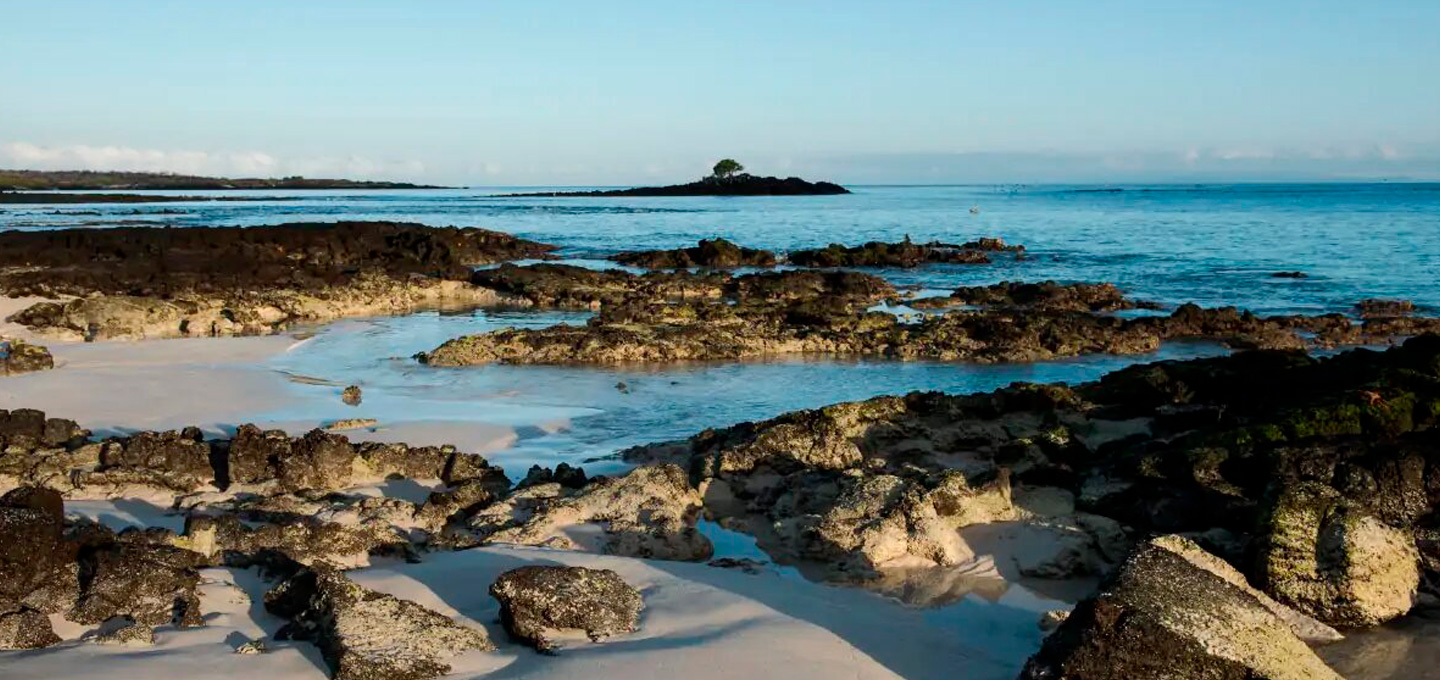
What you need to know about Carrion Point, Galápagos Carrion Point on Santa Cruz’s eastern coast outwards into the water, providing a secluded bay that is ideal for snorkeling. There is no need to land here; just plunge into the sea from the boat. The protected waters are beautifully clear, and visitors can observe a […]
View more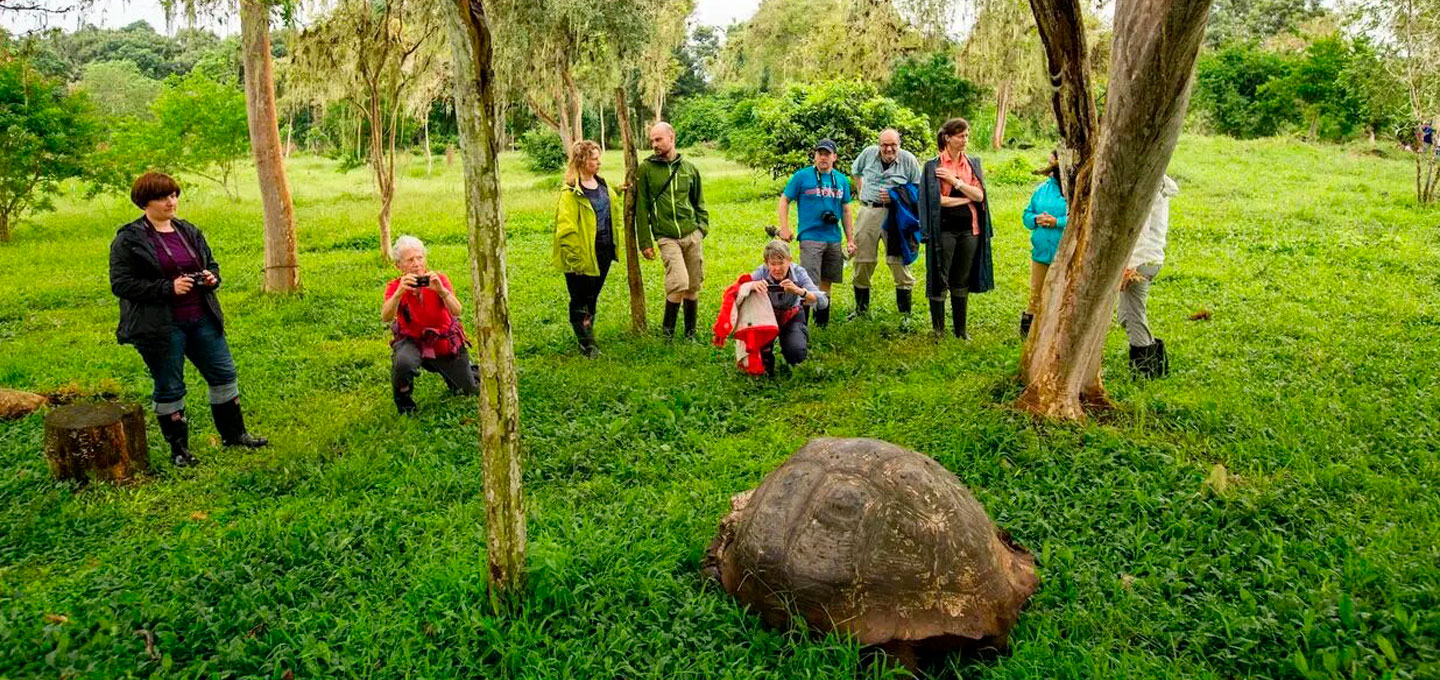
What you need to know about El Chato Giant Tortoise, Galápagos El Chato Turtle Reserve was established in 1964, and it is close to Santa Rosa. Cerro Chato and La Caseta are the two sections of the reserve. The well-marked and easy to follow routes are at Cerro Chato, whereas the difficult-to-follow trails in La […]
View more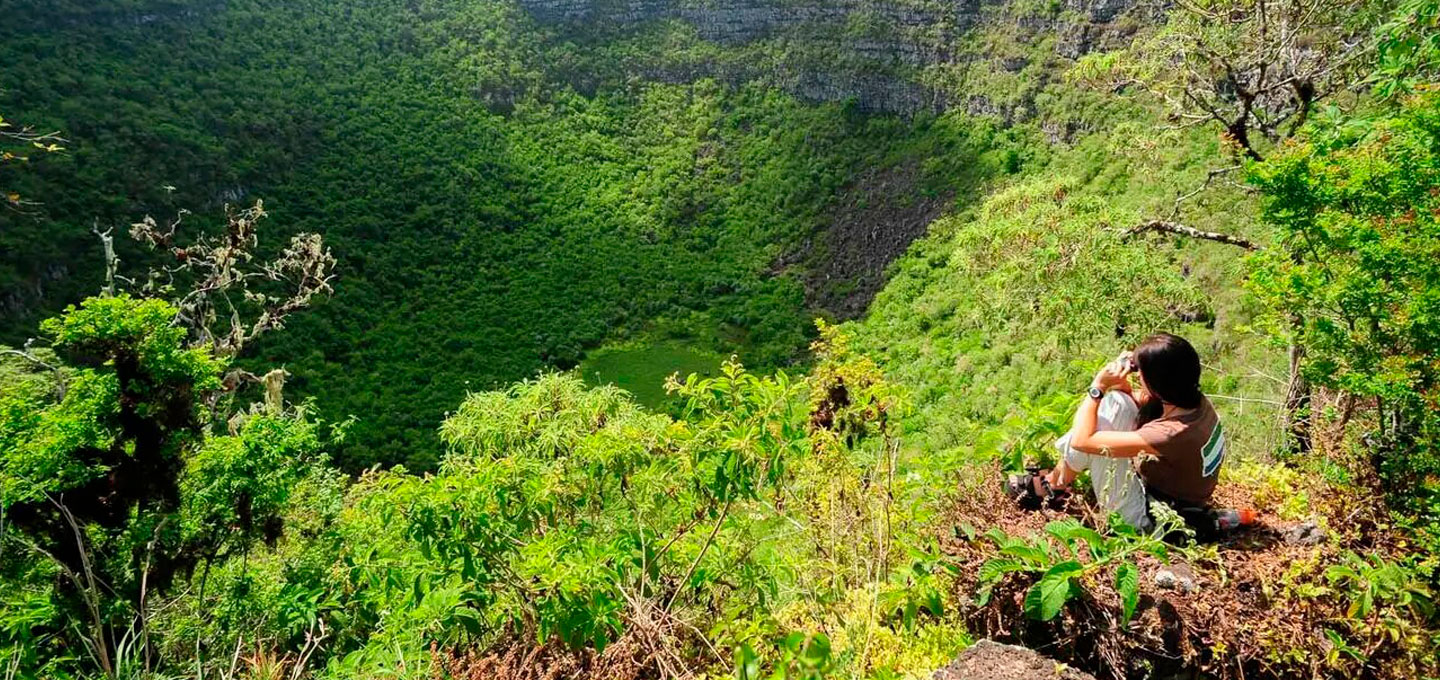
What you need to know about The Twin Craters, Galápagos The Twin Craters are two enormous magma chambers with holes in them where the roofs formerly stood. Also, under a canopy of trees that may reach 65 meters in height, the routes encircle both craters’ rims. These breathtaking, vegetation-covered pit craters, which are surrounded by […]
View more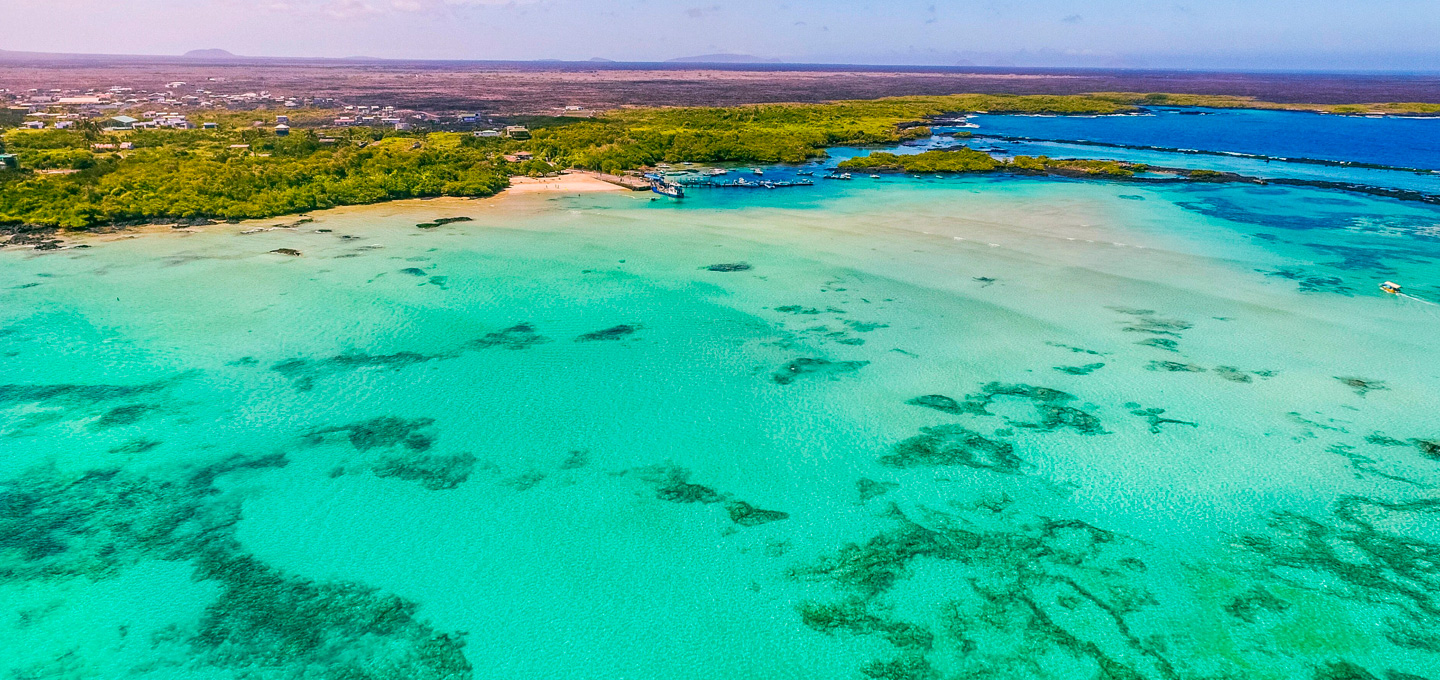
What you need to know about Puerto Ayora, Galápagos There are many hotels, stores, and restaurants in the city to accommodate visitors of all sizes and types. Additionally, this is where the Charles Darwin Research Station and the Galapagos National Park’s administrative offices are. Together, these two organizations safeguard and conserve ecological variety. Interesting facts […]
View more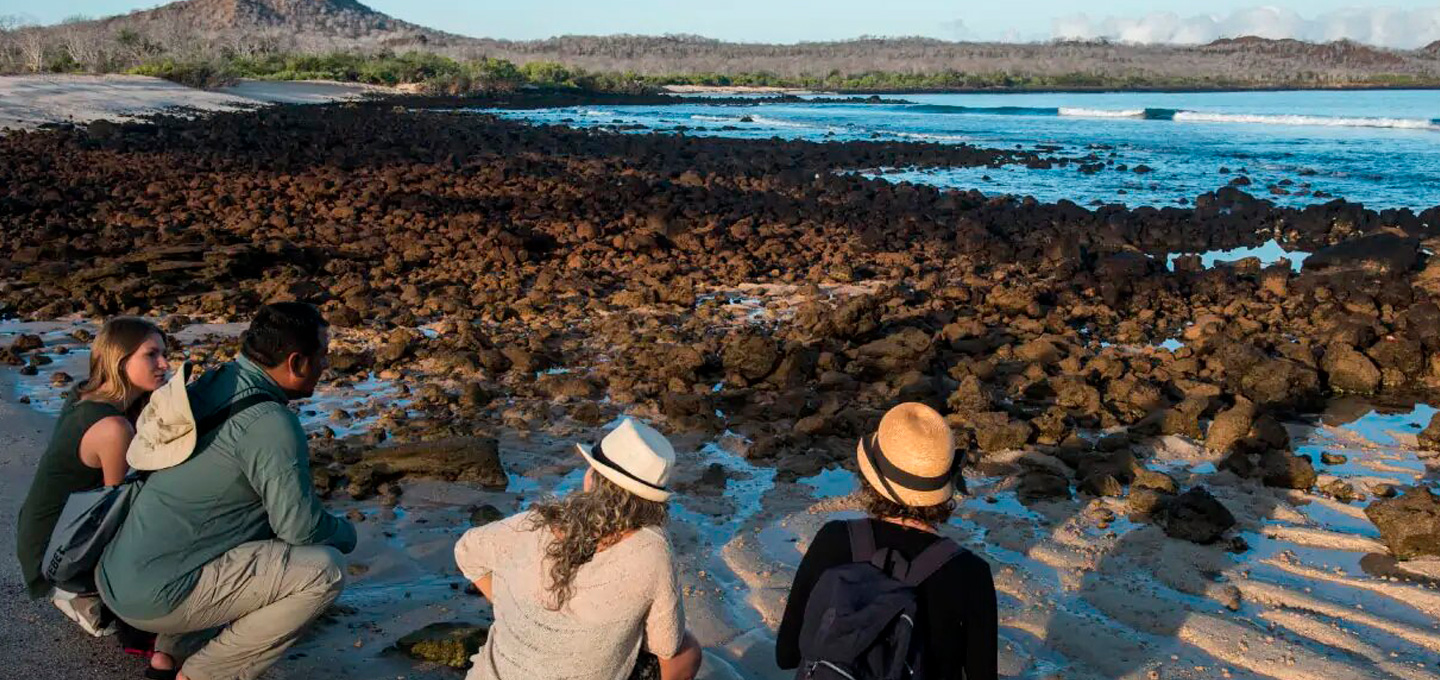
What you need to know about Dragon Hill, Galápagos In northeast Santa Cruz, bands of stray dogs nearly wiped off the entire land iguana population in 1975. Iguanas can find their preferred foods, such as luscious fruits and spiky cactus pads, among the abounding forests of Opuntia cacti. These yellow “dragons” patiently wait under the […]
View more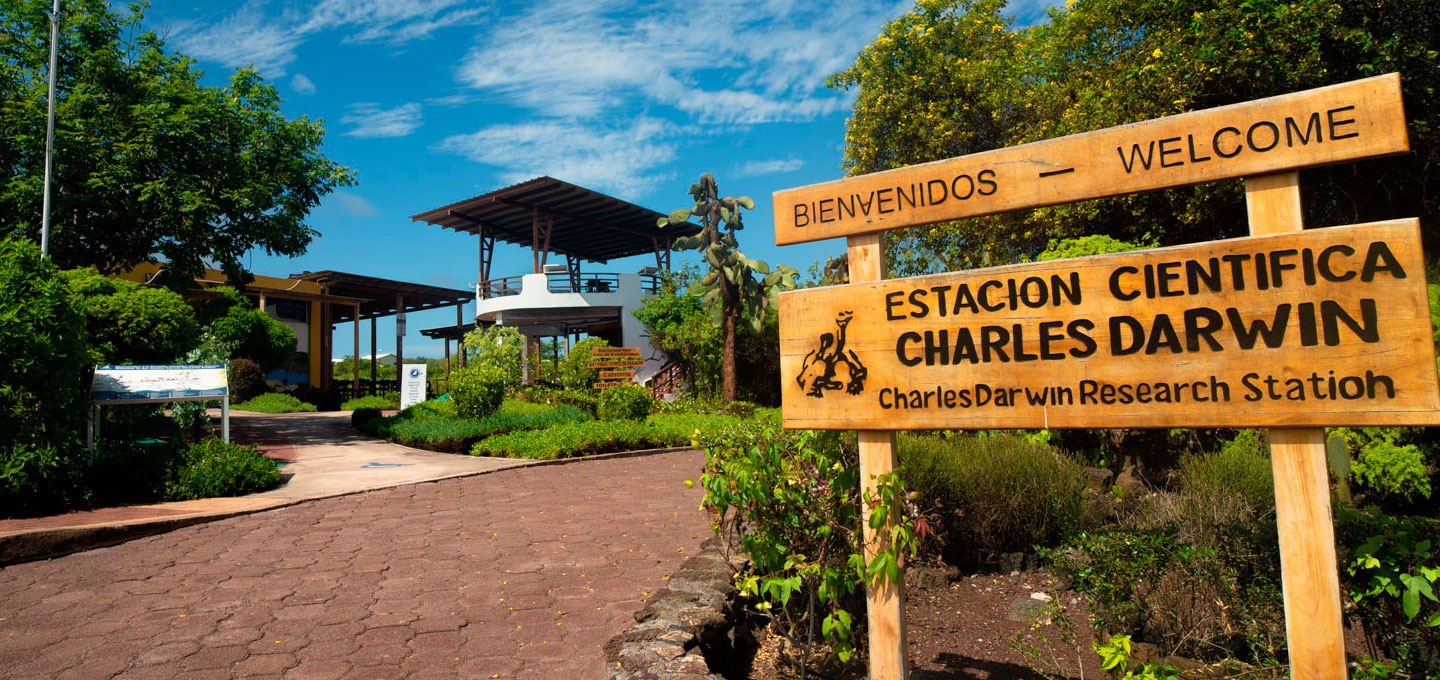
What you need to know about Charles Darwin Research, Galápagos The Galapagos National Park and the Charles Darwin Research Station (CDRS) were both created in 1959. Each year, hundreds of scientists and volunteers call it home, conducting important research on the islands that helps to protect the islands and their biodiversity. Baby turtles are threatened […]
View more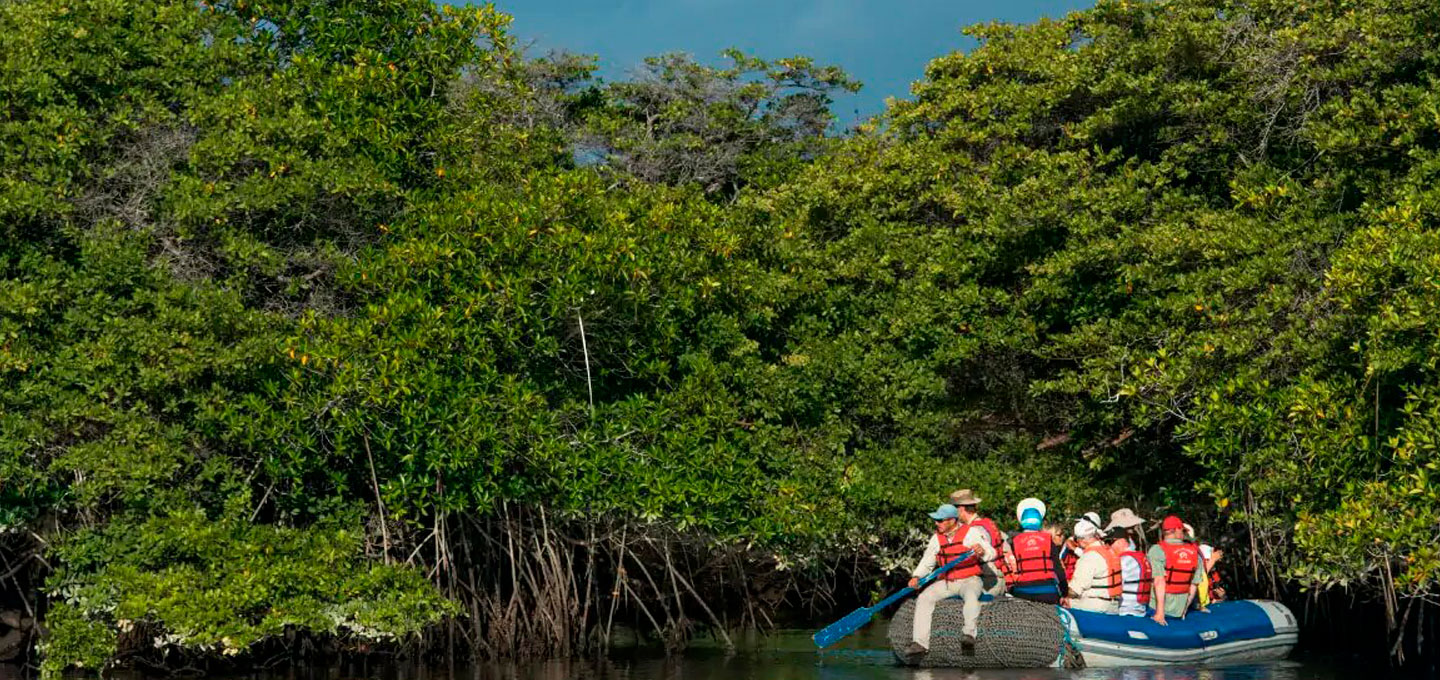
What you need to know about Black Turtle Cove, Galápagos Black Turtle Cove is a tranquil cove surrounded by mangroves on Santa Cruz’s north coast. Around Black Turtle Cove, there are three varieties of mangroves: red, white, and black. The mangrove habitat is critical for many marine species in Galapagos because it serves as a […]
View more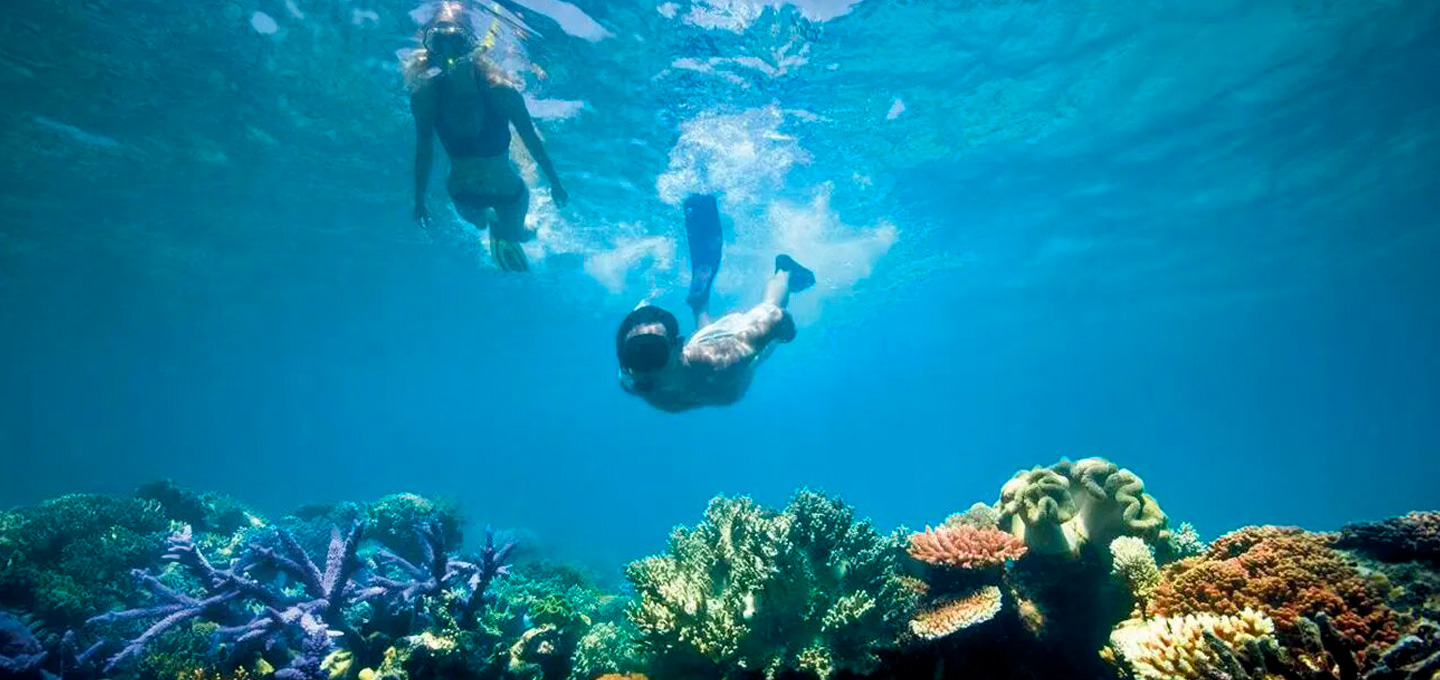
What you need to know about Eden Islet, Galápagos Eden Islet is an incredible place to visit, it has the remains of a volcanic “tuff cone”. Marine iguanas and whitetip reef sharks may be found on the little islet and adjoining pool. Snorkeling with beautifully colored exotic fish is possible in the crystal-clear seas, while […]
View more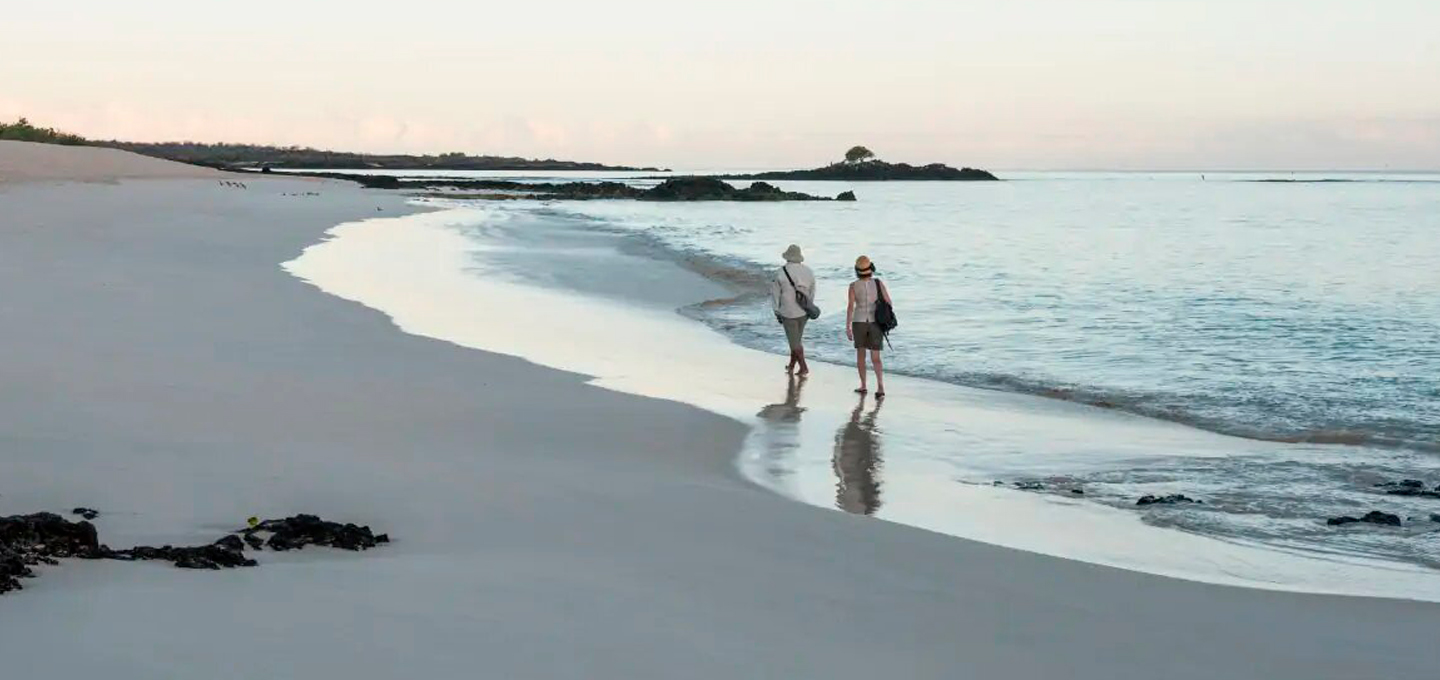
What you need to know about Bachas Beach, Galápagos This little length of beach has pure white sand and turquoise seas, and it is an important nesting location for sea turtles on the islands. In English, the name “Bachas” translates to “The Barges.” After WWII, the United States Navy abandoned two ships here from its […]
View more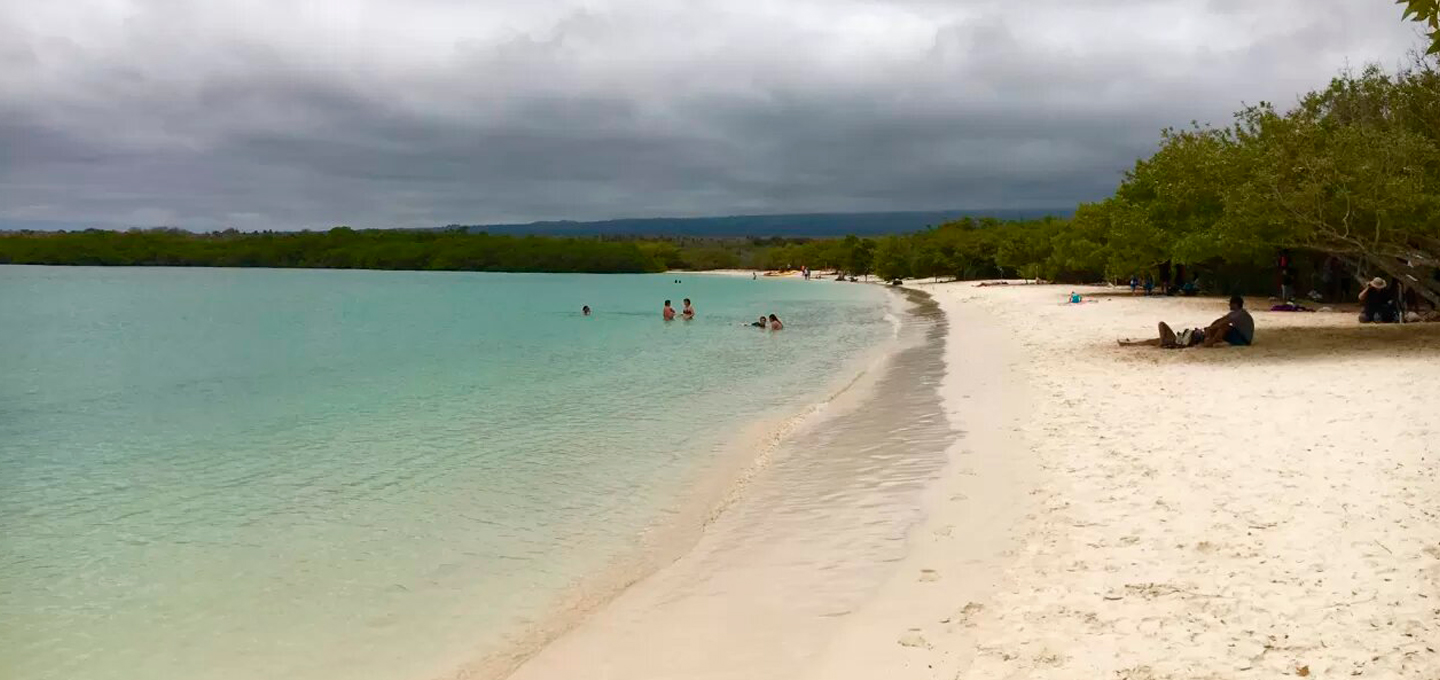
What you need to know about Whale Bay, Galápagos Whale Bay is a green sand beach used by whalers as a dock and camp to transport huge tortoises for subsequent trips. The sand’s distinctive tint is caused by a high concentration of olivine mineral crystals. Whale Bay is an excellent area to spot Galapagos hawks, […]
View morei Please be aware that wildlife sightings are never guaranteed and depend on seasons, weather and other factors






